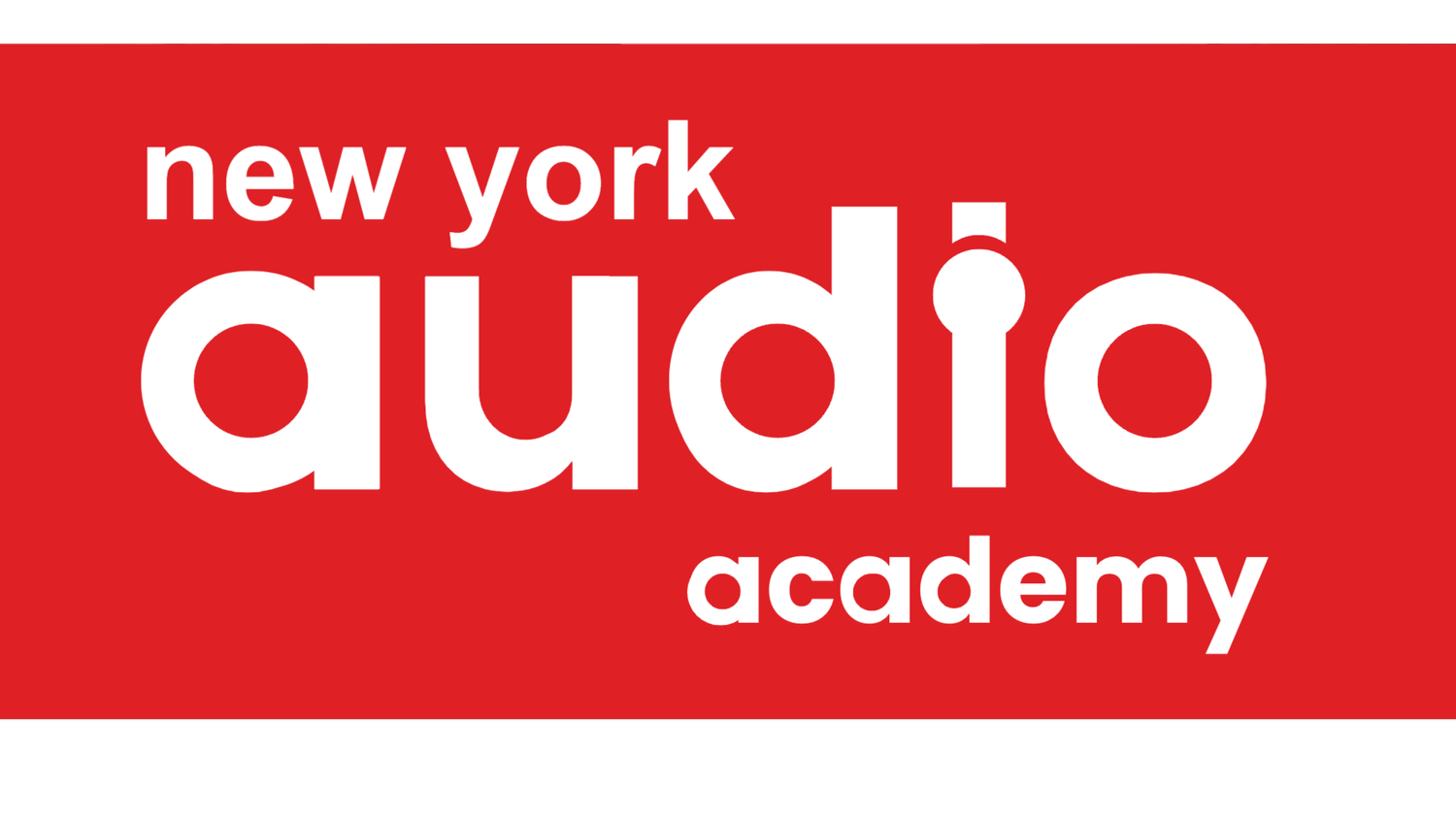Mastering the Mix: A Guide to EQ Techniques
Welcome, audio aficionados, to a deep dive into the art of equalization (EQ) in audio production! EQ is the secret sauce that can take your mixes from sounding mediocre to magnificent. In this comprehensive guide, we'll unlock the mysteries of EQ, from the basics to the advanced techniques, to help you achieve that perfect balance in your mixes.
Understanding EQ: Let's start with the basics. EQ is all about shaping the frequency spectrum of your audio signal. By boosting or cutting specific frequencies, you can bring out the best in your instruments and vocals, carving out space in the mix for each element to shine. But it's not just about boosting the highs and cutting the lows—EQ is a nuanced art form that requires careful listening and precision.
Basic EQ Techniques: First up, let's talk about basic EQ techniques. These are the bread and butter of audio production, and mastering them is essential for any aspiring engineer. We're talking about things like high-pass and low-pass filters to clean up muddy frequencies, gentle boosts to add clarity and presence, and subtle cuts to tame harshness and resonance. These techniques may seem simple, but when used effectively, they can make a world of difference in your mixes.
Advanced EQ Techniques: Now, let's take things up a notch with some advanced EQ techniques. This is where the magic happens, folks. We're talking about surgical EQ, where you pinpoint problem frequencies with laser-like precision and surgically remove them from the mix. We're talking about notch filters to eliminate pesky resonances, dynamic EQ to control unruly frequencies, and mid-side EQ to sculpt the stereo image with surgical precision. These techniques require a keen ear and a steady hand, but the results can be truly transformative.
Practical Tips and Audio Examples: Of course, no guide to EQ would be complete without some practical tips and audio examples. Throughout this post, we'll be providing real-world examples to demonstrate the impact of EQ on various instruments and vocals. You'll hear how subtle EQ adjustments can breathe life into a dull mix, how surgical EQ can rescue a problematic recording, and how mastering the mix can take your productions to the next level.
Common EQ Mistakes to Avoid: Before we wrap things up, let's talk about some common EQ mistakes to avoid. Firstly, over-EQing. That’s where you scoop out all the life from your mix with too many cuts and boosts. Secondly, EQing in solo. Where you lose sight of the big picture and end up with a mix that sounds great on its own but falls apart in context. Lastly, ignoring the fundamentals, like gain staging and proper monitoring, which are essential for achieving a balanced mix.
Recommended EQ Plugins and Hardware: Finally, let's talk gear. While there's no shortage of EQ plugins and hardware on the market, finding the right tools for the job can make all the difference. Whether you're working in-the-box with software plugins or outboard gear, it's important to choose tools that inspire creativity and enhance workflow. Throughout this post, we'll be recommending some of our favorite EQ plugins and hardware for aspiring audio engineers to explore.
Conclusion: And there you have it, folks—a comprehensive guide to mastering the mix with EQ. Whether you're a seasoned pro or just getting started, we hope this guide has provided valuable insights and inspiration for your audio productions. Remember, EQ is not just a technical tool—it's a creative instrument that can elevate your mixes to new heights. So keep experimenting, keep listening, and keep mastering the mix. Happy mixing!
